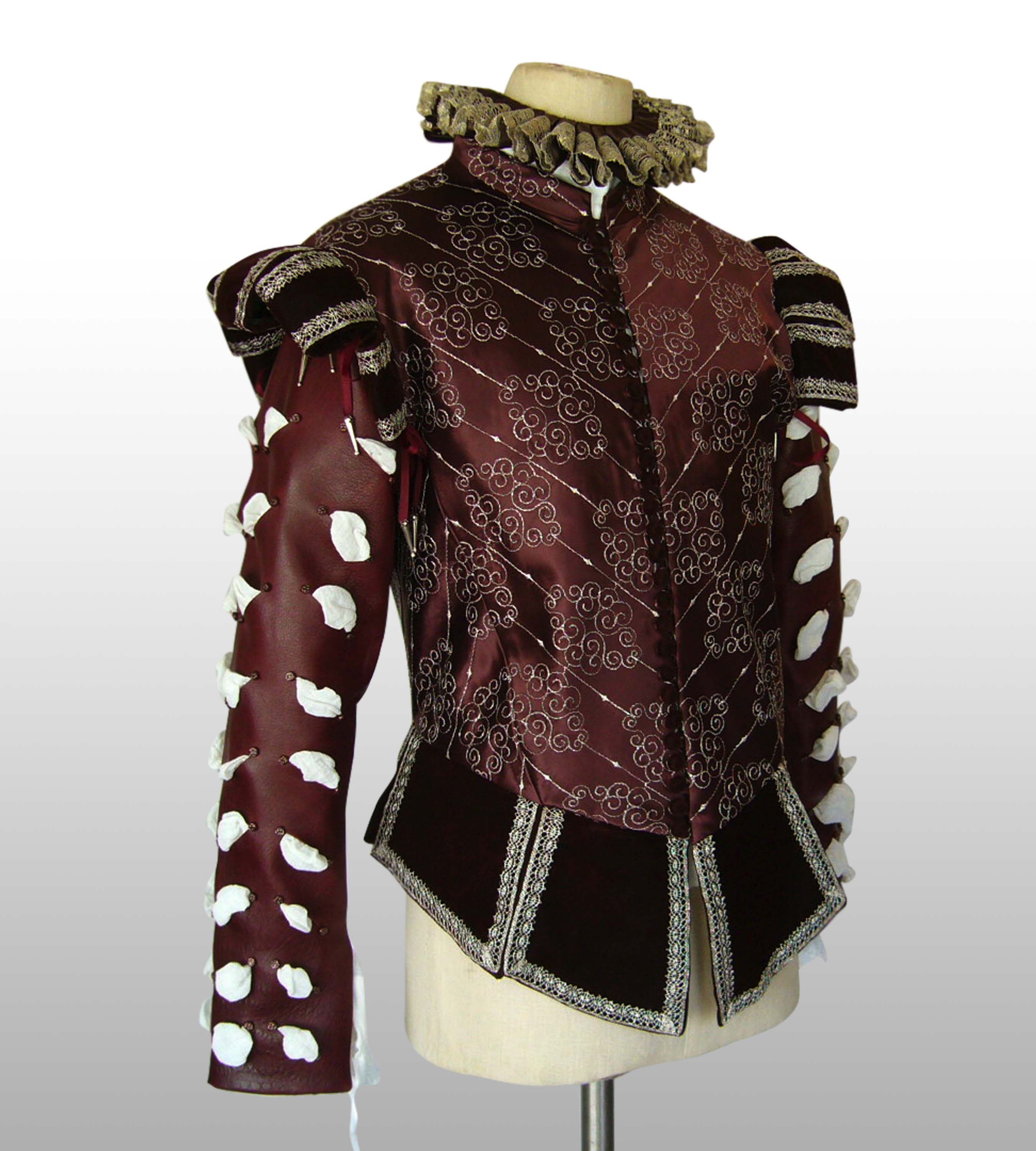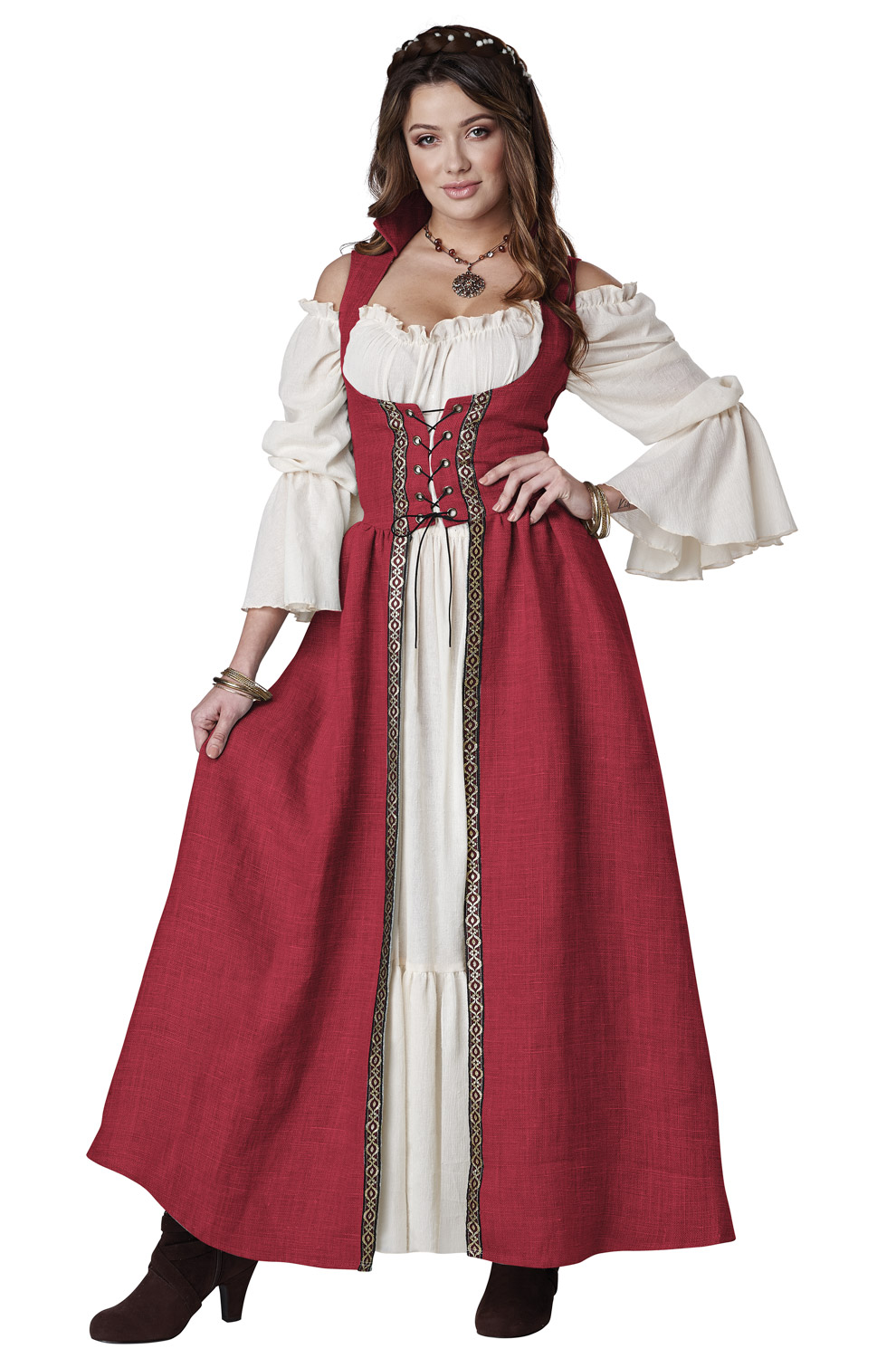


Just as some today are alarmed at these acts of pantlessness, so too were some living in the Middle Ages. One author from the 14th century considered thinly disguised buttocks to be a deformation for otherwise honest men, and a Parisian bishop from the same time period preached that this type of dress was utterly shameful. The “gratuitous divulgence of assets” amounts to the fashion equivalent of TMI. In mid-15th-century England, a law restricted the wearing of short tunics that revealed the male buttocks to members of the upper class. In works of art, men of this, um, standing are often depicted wearing what we would call tights or leggings (hose) beneath their skimpy tunics. In today’s world, such tight-fitting leg garments were, until recently, reserved for ballet, the theater, Halloween, certain sporting events, and historical reenactment festivals.According to the “Tights Are Not Pants” manifesto, these aforementioned situations represent “historically acceptable acts of pantlessness.” The manifesto was written in response to the recent surge in women choosing tights as an alternative to pants, even if barely covered by a flimsy top.

The Competition in Sittacene and the Placating of Sisigambis (detail) in Book of the Deeds of Alexander the Great, illuminations attributed to the Master of the Jardin de vertueuse consolation, about 1470–75


 0 kommentar(er)
0 kommentar(er)
